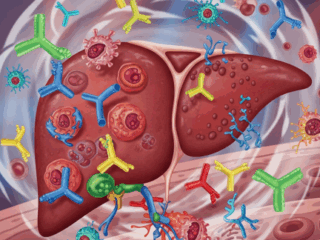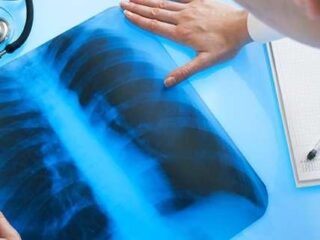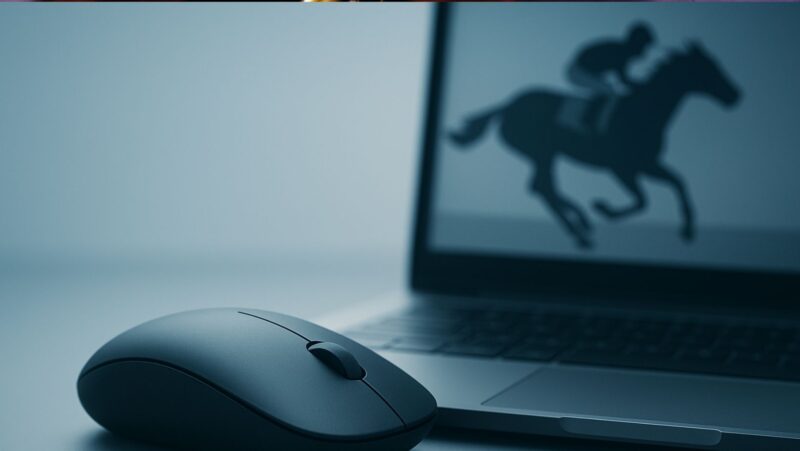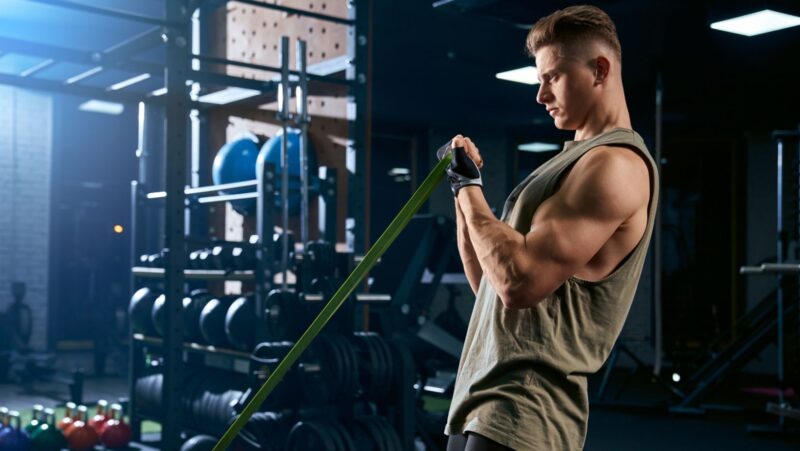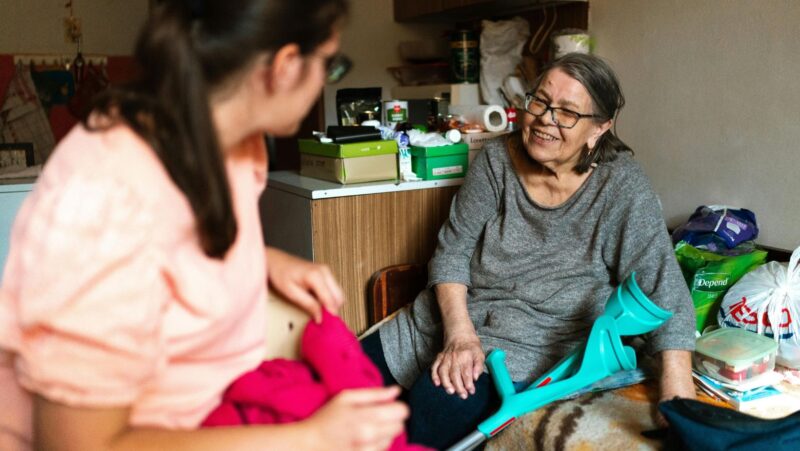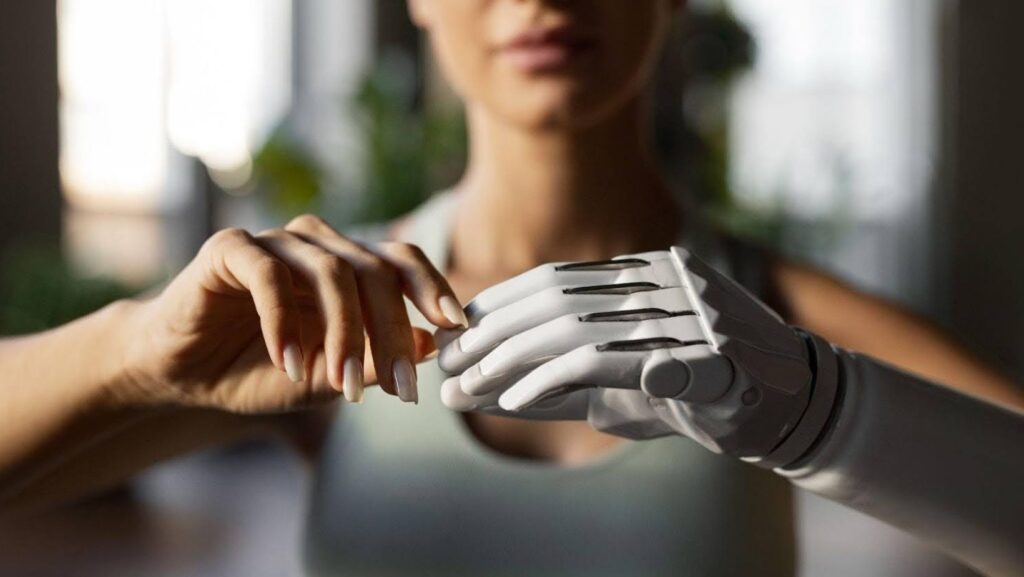
For people who have lost a hand or arm, everyday tasks like brushing their teeth, opening a door, or typing on a keyboard can become big challenges. That’s where prosthetic limbs come in, as these offer a way to restore movement and independence.
Furthermore, with the rise of wireless bionic hands, the future looks more promising than ever. These high-tech devices are changing what’s possible for amputees, helping them regain not just mobility, but also confidence and control over their lives.
What is a bionic hand?
A bionic hand is an advanced type of prosthetic that works by mimicking how a real hand moves. Unlike older models that were more like static tools, modern bionic hands are powered by electricity and controlled by the user’s muscle movements.
These devices often use sensors placed on the skin to pick up electrical signals from the muscles. When the user thinks about moving their hand, the prosthetic reacts, opening and closing fingers, rotating the wrist, or gripping objects. It’s almost like the hand becomes a natural extension of the body.
Some of the newest models are even waterproof and wireless. One design includes a 360-degree rotating wrist, giving users a full range of motion. Another feature is a detachable hand that can move independently and reattach itself, advancing mobility beyond natural movements.
How Does it Help?
The goal of any prosthetic is to help people live more independently, and wireless bionic hands do that in a big way. They allow users to do tasks that many take for granted, such as cooking, writing, holding a drink, or tying shoelaces. By responding to natural muscle signals, these hands give the user more precise control.
Some models offer different grip settings depending on the task. Others connect to an app for real-time adjustments. And because they’re lightweight and customizable, they’re more comfortable to wear for longer periods. These benefits go beyond just physical movement. Gaining independence in daily life can also boost a person’s mental and emotional well-being.
More Than Just a Prosthetic
It’s important to remember that adjusting to life after losing a limb is not just about getting a new device. It’s also about healing emotionally. Many amputees face anxiety, depression, or even post-traumatic stress as they adjust to major changes in their lives. That’s why emotional and mental health support is so important.
Mental health professionals, especially those trained in fields like online mental health nurse practitioner programs, play a big role in helping individuals manage the emotional impact of amputation. These professionals can offer counseling, therapy, and personalized care to support recovery. Combining advanced prosthetic technology with strong emotional and mental health care helps build a full recovery plan that supports both the body and the mind.
How Far We’ve Come
The idea of replacing a lost limb has been around for centuries. Early prosthetics were often made from wood or metal and provided little function beyond appearance. Over time, mechanical designs improved, offering basic grip and movement. But the real breakthroughs came in recent decades, with the rise of electronics, sensors, and now, artificial intelligence.
Today’s bionic hands are lighter, smarter, and more lifelike than ever before. They’re often built using 3D printing, which makes them more affordable and customizable.
Some are even made for children as young as eight, helping them grow up with the confidence and freedom they deserve. The features of this technology are no longer just functional. They’re also fun and stylish, too. Some hands come with superhero-themed designs or bold colors, helping users express their personalities while wearing their devices proudly.
Looking Ahead
The future of prosthetics is bright. As technology continues to grow, we may soon see bionic hands that can provide real-time sensory feedback to help users feel pressure or texture through their artificial limbs. Brain-controlled prosthetics are also being explored, which would allow users to move their hands using only their thoughts.
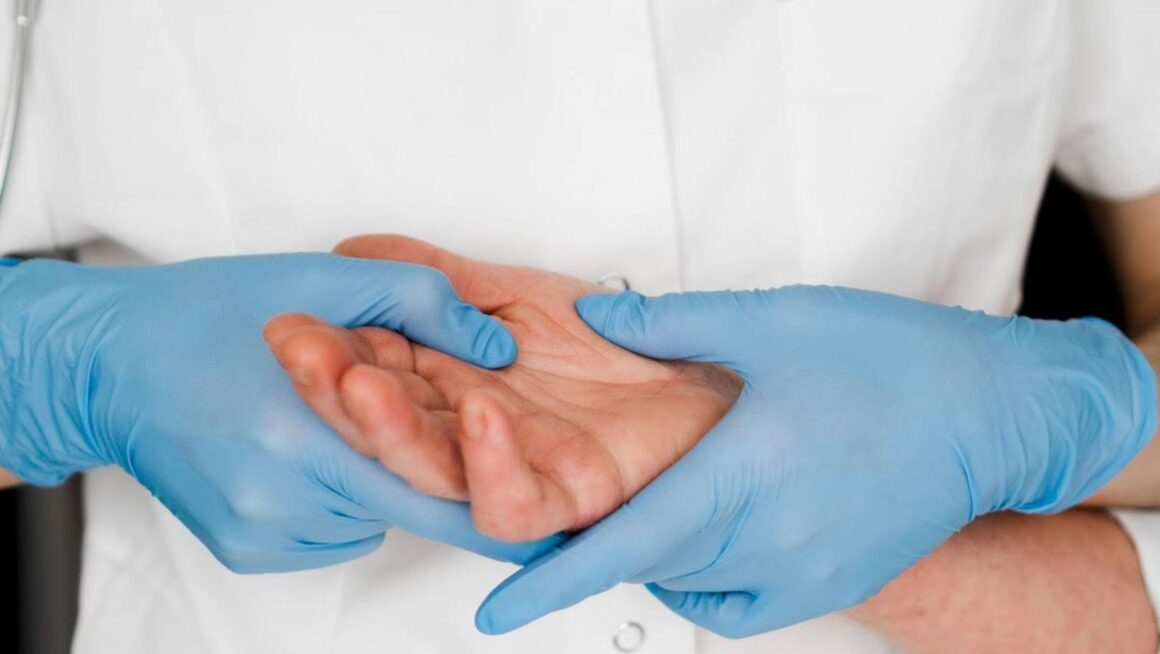
Engineers are also working on improving battery life, making hands more durable, and expanding wireless features. All of this means fewer limitations and more freedom for amputees.
Just as important, these innovations are becoming more accessible. Thanks to 3D printing and open-source development, more people around the world can benefit from advanced prosthetics without breaking the bank.
A New Chapter For Amputees
Wireless prosthetic hands are more than just machines. They’re tools of empowerment that restore not only movement, but also dignity and independence. For many amputees, this technology means they can return to the activities they love, reconnect with their communities, and feel more in control of their lives.
But for this progress to be truly meaningful, it must go hand in hand with emotional and mental health support. Recovery isn’t just about what the body can do but also about how the person feels. By embracing both physical and emotional aspects, we’re entering a new chapter where amputees don’t just adapt, they thrive.

